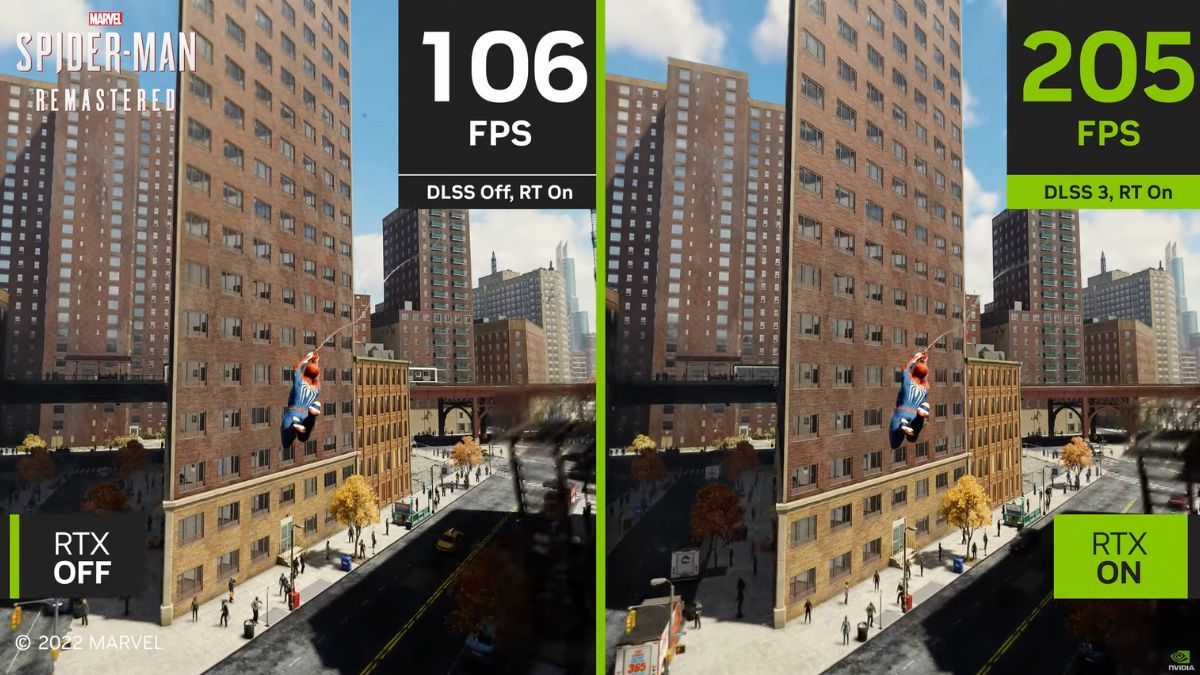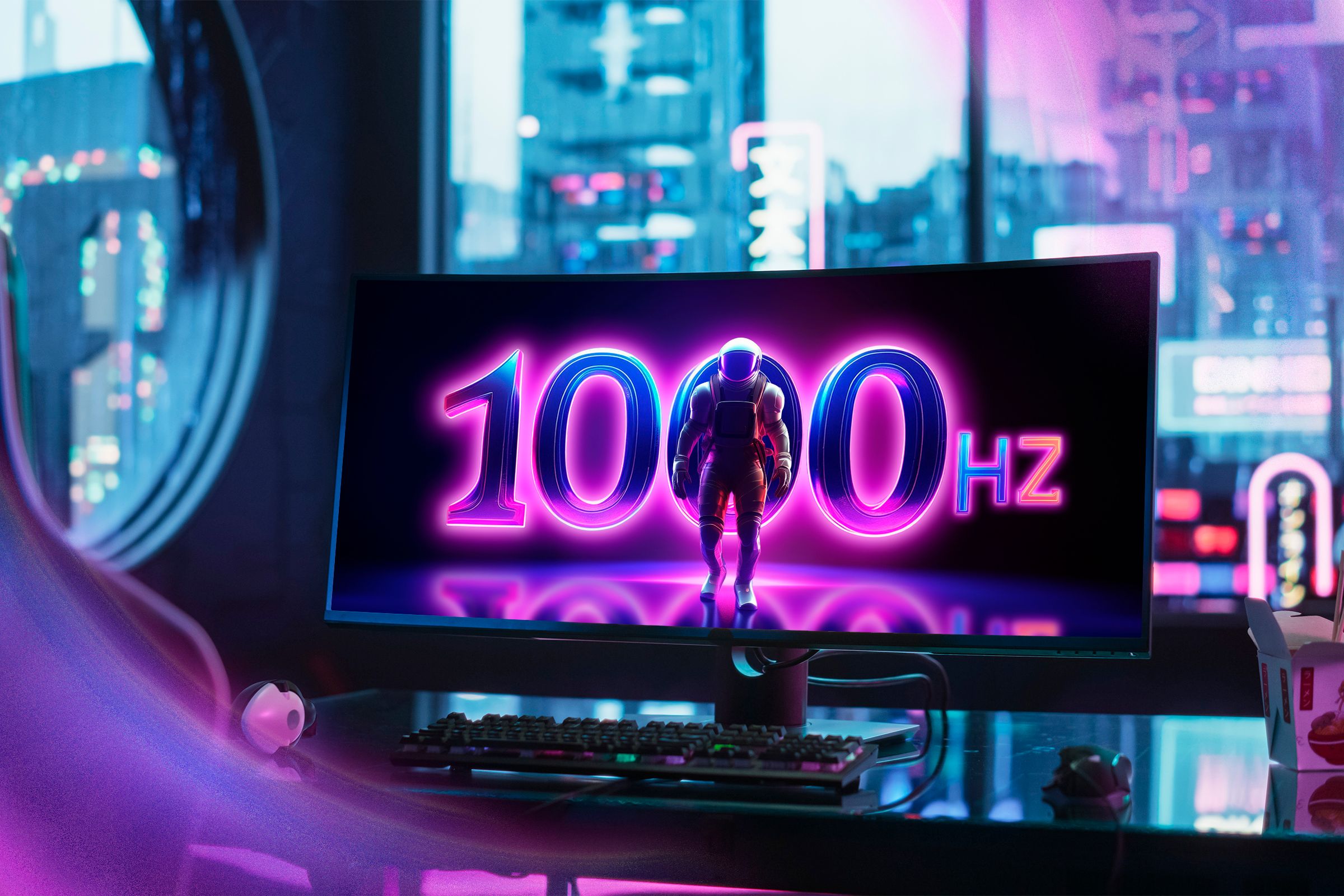Summary
- NVIDIA’s MFG promises to increase frame rates significantly by generating up to three frames between each rendered frame.
- Standard frame generation already provides visual smoothness, but does not improve overall game responsiveness.
- While MFG may not be useful for current monitors, it is forward-looking technology that will be crucial for future ultra-high refresh displays.
With the announcement of the new NVIDIA 50-series of GPUs, we get a new feature known as “Multi-Frame Generation” or MFG which promises to increase framerates into the stratosphere. However, considering these additional frames are AI-generated, what’s the real point of MFG?
NVIDIA MFG in a Nutshell
Just like the existing version of frame generation, MFG uses an AI model, running on special hardware in the GPU, to create interpolated frames between the traditionally rendered frames coming from the game engine. However, standard frame generation only generates one frame between each rendered set of frames. So, if your game is running at 60fps, you’ll see the visual smoothness of 120fps or close to it.
As the name suggests, multi-frame generation creates up to three AI-generated frames between each rendered frame. So 60fps becomes approximately 240fps.
Double Frame Rates Were Already Enough
The thing is, in most cases regular frame generation is already more than enough for the vast majority of players. Because the generated frames aren’t coming from the game engine, they don’t represent a true state change in the game.
Which means that although your game looks like it’s running at a higher frame rate, you’re still getting the responsiveness of the native frame rate. In other words, frame generation is a purely visual effect that makes games look smoother, but doesn’t improve any other aspect of the experience.
In practice, using FG to go from 30fps to 60fps is a terrible experience, and it seems most people agree that the bottom for native frame rate to use with the technology is 40fps, even if it’s not ideal.
This Feature Isn’t That Useful Yet
This is why the usefulness of MFG is pretty limited right now in my opinion. PC gamers are mostly using 144Hz or thereabouts monitors. 240Hz monitors are starting to be mainstream. So if you’re lucky enough to have a 240Hz monitor, then turning 60fps into 240fps is a nice bonus from a strictly visual perspective, but the much more common 120Hz gaming monitor barely benefits from MFG, if at all, because it simply can’t show that many frames to begin with.
Ultra-High Refresh Monitors Are Coming
However, I think that MFG is a good forward-looking technology, and since it’s generaly enthusiasts who buy into a new generation early these customers are also more likely to have high-refresh monitors.
Perhaps more importantly, we’re starting to see ultra-high refresh monitors emerge with 380Hz, 500Hz, and even 1000Hz monitors making their debut. Flat panel displays have always had an issue with motion clarity and there are numerous tricks, such as black frame insertion to improve the crispness of motion. High refresh monitors go a long way to address this issue, but you need to actually have enough frames for these monitors to do their thing.
MFG Will Make Sense Eventually
Considering that there’s a certain native frame rate where additional responsiveness won’t make much difference to you, and that a target of 500 or 1000 native frames per second is unlikely to be sensible, technologies like MFG will be crucial to get the most out of emerging and future display technologies.
By introducing this feature to the public now, where only a small percentage of players have these extremely high-refresh rigs, it gives NVIDIA the opportunity to polish MFG so that by the time a 500Hz monitor is mainstream, there won’t be any bugs or hitches and game developers have fully embraced the approach.
However, this also means that if you’re currently the owner of a 40-series GPU from NVIDIA, MFG by itself isn’t a particularly good reason to upgrade, and it’s probably wiser to take on a wait-and-see approach. Alternatively, use this generation to invest in a high-refresh monitor, and catch the MFG train the next time it comes around.






